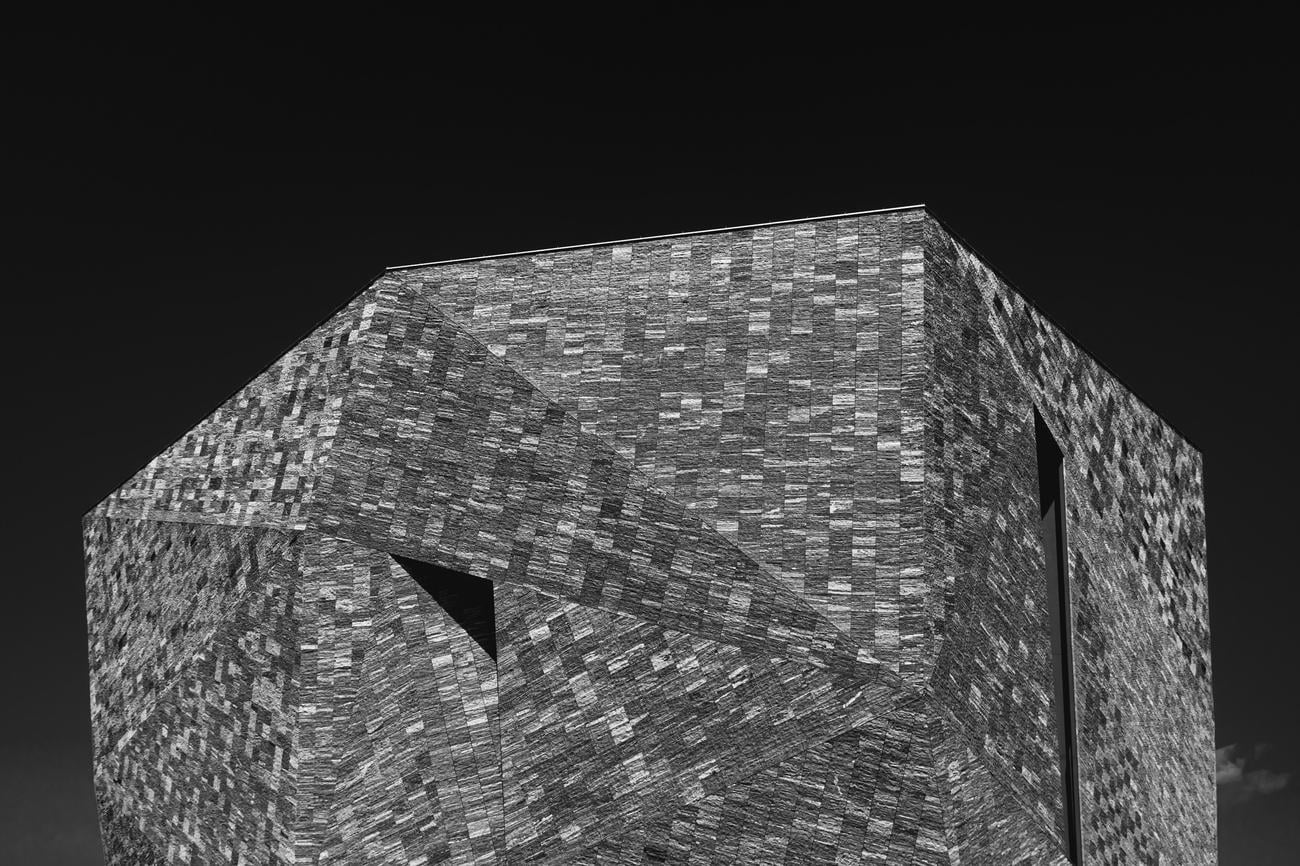Are you ready to explore the extraordinary world of granite and its incredible uses in architecture? Get ready to be captivated by the seamless blend of aesthetics and functionality that granite brings to every space. In this article, we will dive into the unparalleled uses of granite in architecture, from awe-inspiring facades that leave passersby in awe to elegant countertops that elevate any kitchen, and durable flooring solutions that stand the test of time. Join us as we unravel the hidden potential of granite and discover how it can truly elevate spaces to new levels of sophistication and beauty.
Uses of Granite in Architecture
Granite, a remarkable natural stone, has an extraordinary range of uses in the field of architecture. Its exceptional durability, exquisite appearance, and versatile properties make it a popular choice for enhancing and elevating various architectural elements. From monumental structures to intricate designs, granite seamlessly blends aesthetics with functionality, ensuring longevity and timeless elegance.

Exterior Applications
Granite finds extensive use in outdoor spaces, thanks to its resilience and aesthetic appeal. It can effortlessly transform a mundane exterior into a captivating masterpiece. Whether used for pathways, patios, or cladding, granite adds a touch of sophistication and durability. Its inherent strength makes it ideal for constructing building blocks, ensuring structures withstand the test of time. As an architect, I leverage the unique properties of granite to create visually stunning and long-lasting outdoor designs.
“Granite lends an unparalleled charm to outdoor spaces, turning them into captivating havens that withstand the passage of time.”
Interior Applications
Inside a building, granite offers an array of applications that enhance both the appearance and functionality of various surfaces. Its versatility allows for endless possibilities when it comes to designing interior spaces. Granite countertops, bathroom sinks, shelves, and tabletops add elegance and durability to any room. The exquisite patterns and colors of granite can also be beautifully incorporated into tile patterns, backsplashes, and bathroom tiles, creating visual masterpieces that leave a lasting impression.
“Granite’s transformative qualities breathe life into interior spaces, making them both aesthetically pleasing and highly functional.”
Architectural Features
Granite plays a vital role in the creation of architectural features that truly make a space remarkable. Whether crafting mantelpieces, staircases, or facades, granite exudes timeless beauty and strength. Its unique physical and chemical characteristics, such as high resistance to decay, allow architects like me to design structures that withstand the test of time while adding a touch of elegance. Granite’s ability to elevate mundane architectural elements into captivating works of art is truly unrivaled.
“Granite elevates architectural features, turning them into awe-inspiring works of art that exude beauty, strength, and sophistication.”
Kitchen Applications
In the heart of every home, the kitchen, granite reigns supreme. Its heat resistance and water seepage resistance make it an ideal choice for kitchen countertops. Not only does granite offer exceptional functionality, but it also adds a touch of luxury and elegance to the space. With a wide range of colors and patterns available, granite kitchen countertops are both visually striking and highly practical, making them a favorite among homeowners and architects alike.
“Granite’s heat resistance and water seepage resistance make it the perfect companion for kitchen countertops, combining functionality with unparalleled beauty.”
Historical Significance
Throughout history, granite has held significant value as a building construction material. From ancient times to the present day, it has been used in the construction of monuments, bridges, pavements, and fountains. The durability and timeless beauty of granite have made it a staple in architectural designs across the world. Its abundance in the Earth’s crust and the unique geological processes that form it make granite an enduring symbol of strength and architectural prowess.
“Granite’s rich history in architectural construction stands as a testament to its enduring strength, timeless beauty, and everlasting allure.”
In conclusion, the uses of granite in architecture are boundless. From its extensive applications in interior and exterior design to its historical significance, granite continues to elevate spaces and bring life to the built environment. As an architect, I take pride in utilizing granite’s unique characteristics to create designs that seamlessly blend aesthetics and functionality. Whether it’s a grand facade, a stunning countertop, or a durable pathway, granite truly remains unrivaled in enhancing architectural spaces with unparalleled beauty and enduring strength.
Fun Facts About Granite Rocks:
Looking to discover some fascinating tidbits about granite rocks? Look no further! Our article on fun facts about granite rocks is sure to leave you amazed and wanting to learn more. From its formation deep within the Earth’s crust to its use in ancient monuments and modern-day countertops, granite rocks have a rich history and intriguing properties. Click here to dive into the captivating world of granite rocks and uncover the secrets they hold: Fun Facts About Granite Rocks.

FAQ
Question 1
What are some common uses of granite in architecture?
Answer 1
Granite is widely used in architecture for various purposes such as building facades, countertops, flooring, fireplaces, bathroom sinks, shelves, tabletops, basins, paths, patios, external cladding, building blocks, mosaics, tile patterns, backsplashes, bathroom tiles, mantelpieces, staircases, and other architectural features.
Question 2
Why is granite a popular choice for kitchen countertops?
Answer 2
Granite is a preferred material for kitchen countertops due to its heat resistance and resistance to water seepage. It adds a touch of elegance to the kitchen while providing a durable and long-lasting surface for food preparation.
Question 3
What are the unique characteristics of granite that make it suitable for architectural projects?
Answer 3
Granite possesses unique physical and chemical characteristics, including high resistance to decay due to the presence of large quantities of silica. It is a durable stone that can withstand the tests of time, making it ideal for long-lasting architectural structures.
Question 4
Where can granite be commonly found in architectural structures?
Answer 4
Granite can be commonly found in buildings, construction of bridges, outdoor pavements, fountains, public park structures, stadiums, and various other design items. Its versatility allows it to enhance the appearance and functionality of both interior and exterior spaces.
Question 5
What is the historical significance of using granite as a building construction material?
Answer 5
The use of granite as a building construction material can be traced back to historical times. It has been utilized for building monuments, gravestones, temples, and other structures meant to last for generations. Its enduring presence in history showcases its timeless appeal and reliability in architecture.
- Medieval Houses: A Social History Through Architecture - April 29, 2025
- Unlock Senior Perks: How Old is a Senior Citizen?Complete Guide - April 29, 2025
- Happy Patients: Tech Solutions for Better Healthcare - April 29, 2025
















